I'm a garden expert and these are the strawberry companion plants that'll double your crops this summer
Give your strawberry patch a boost with the organic power of companion planting
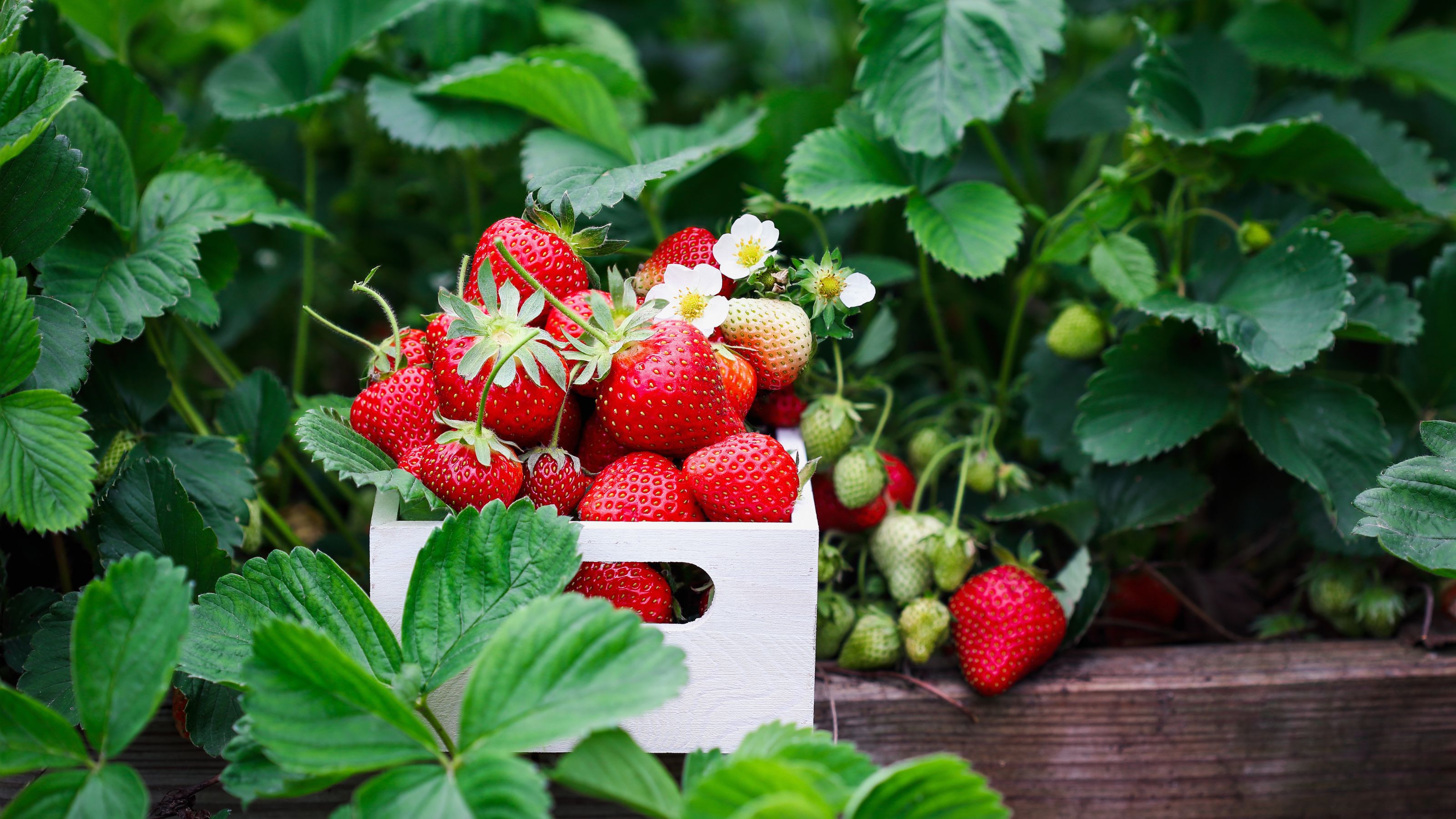

Looking for bigger and better strawberry harvests? You’ve come to the right place for the worst-kept secret: you can grow strawberry companion plants to help increase your harvests.
But first, let me quickly explain the joys of companion planting. It’s a clever organic gardening trick where you grow certain plants side-by-side to help each other thrive, reducing (or removing completely) the need for other interventions.
Think of it as nature’s version of best pals – some combinations naturally bring out the best in either party. In the plant world, this means encouraging growth, fending off garden pests, improving soil health and attracting both pollinating and predatory insects.
Strawberry plants respond well to companion planting, not least because they need pollinating insects to visit to set fruit. No helpful bugs = a very sad Wimbledon. And, even better, their preferred garden neighbours are easy to care for and will look great in your garden, too!
This technique will work for growing strawberries in pots if you have a small growing space, as well as those in your garden beds; just plant these garden helpers near your crops (in pots or directly in the soil near the plants) to reap the rewards.
Why use companion plants with strawberries?
Strawberries are a popular choice for growing at home, not least because they taste so much better than the shop-bought alternatives – trust me. However, word’s got out and they’re also a magnet for pests like aphids, slugs and caterpillars. Companion plants can help by masking the scent of ripe fruit, repelling insects and encouraging natural predators to patrol your patch.
'Growing strawberries is an absolute delight,' says August Bernstein, Head Tutor at the Raymond Blanc Gardening School. 'But lots of predators like to feast on them, too. Companion planting can be a very beneficial method to increase your crop and attract the much-needed pollinators.'
Sign up to our newsletter for style inspiration, real homes, project and garden advice and shopping know-how
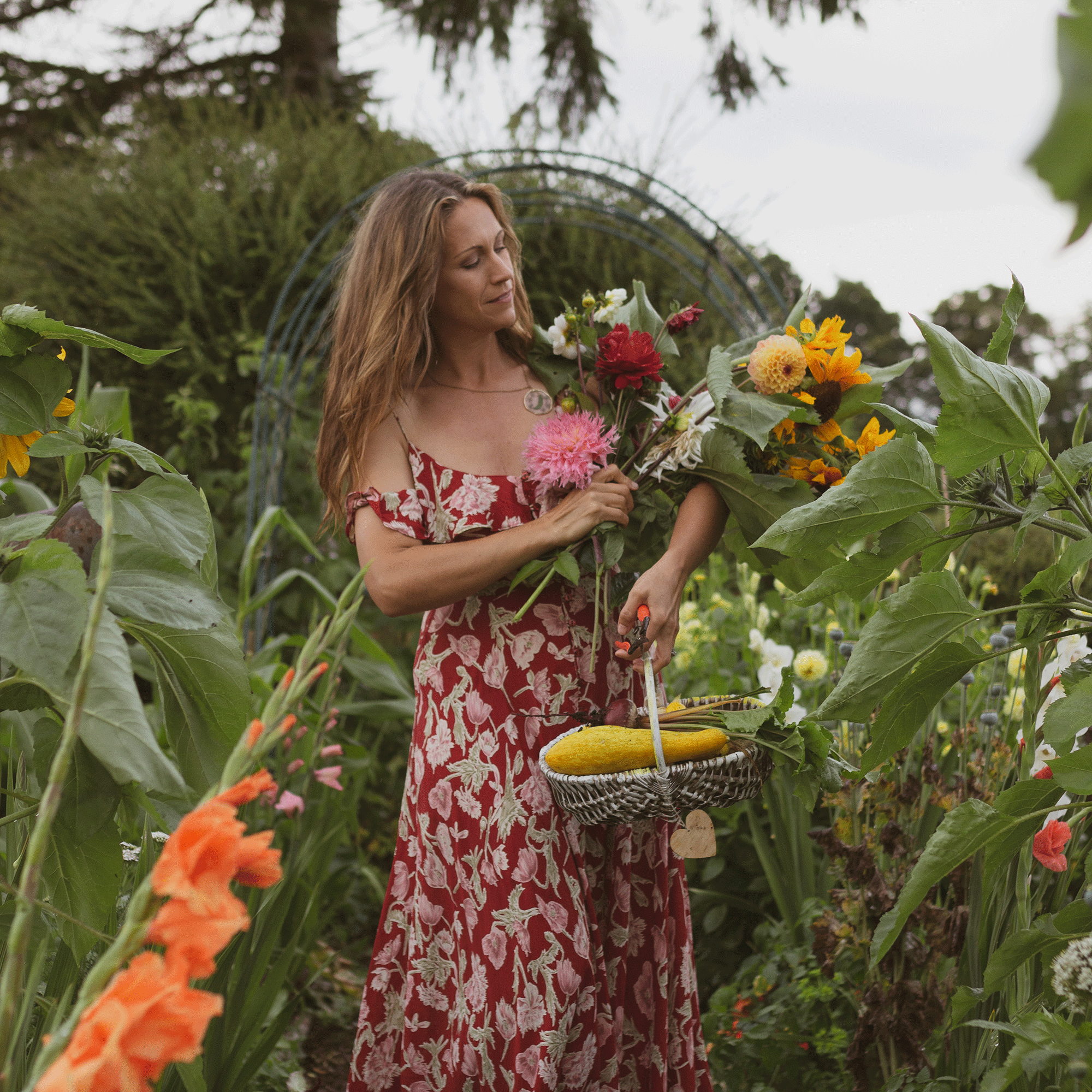
August is the Head tutor of the Raymond Blanc gardening school. She originally joined the gardening team at Raymond Blanc's Le Manoir aux Quat'Saisons as a kitchen gardener in 2019. She is working toward a degree in Environmental Studies and is also the founder of a small business called Seed Explorers.
The best companion plants for strawberries
1. Marigolds
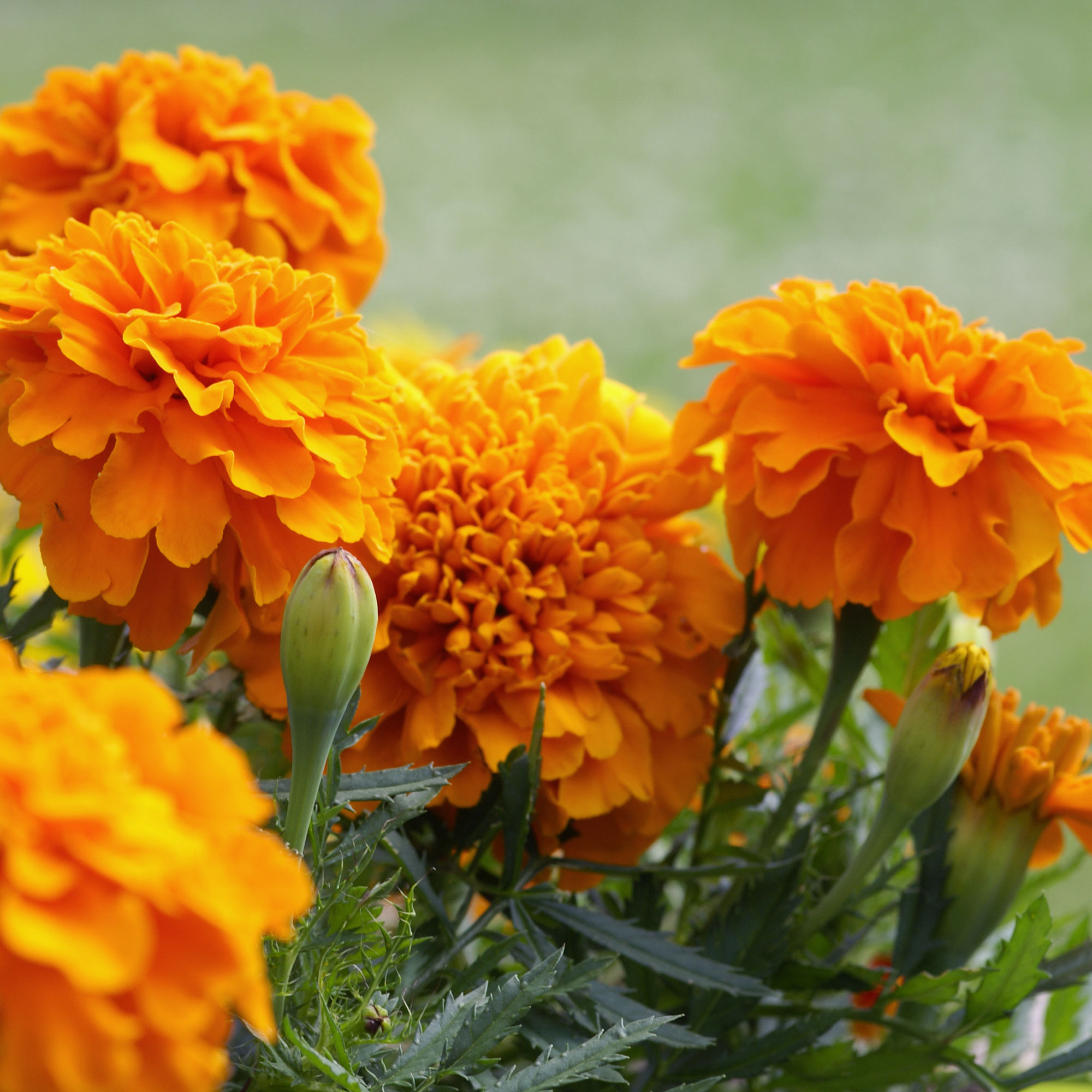
Marigolds are a superhero flower for a reason and are a secret weapon when growing tomatoes, too.
'Plants with a strong aroma are a great choice to help naturally repel problem insects and mask the smell of ripe strawberries from pests,' says Lucy Hutchings of She Grows Veg. 'Marigolds are a classic choice.'
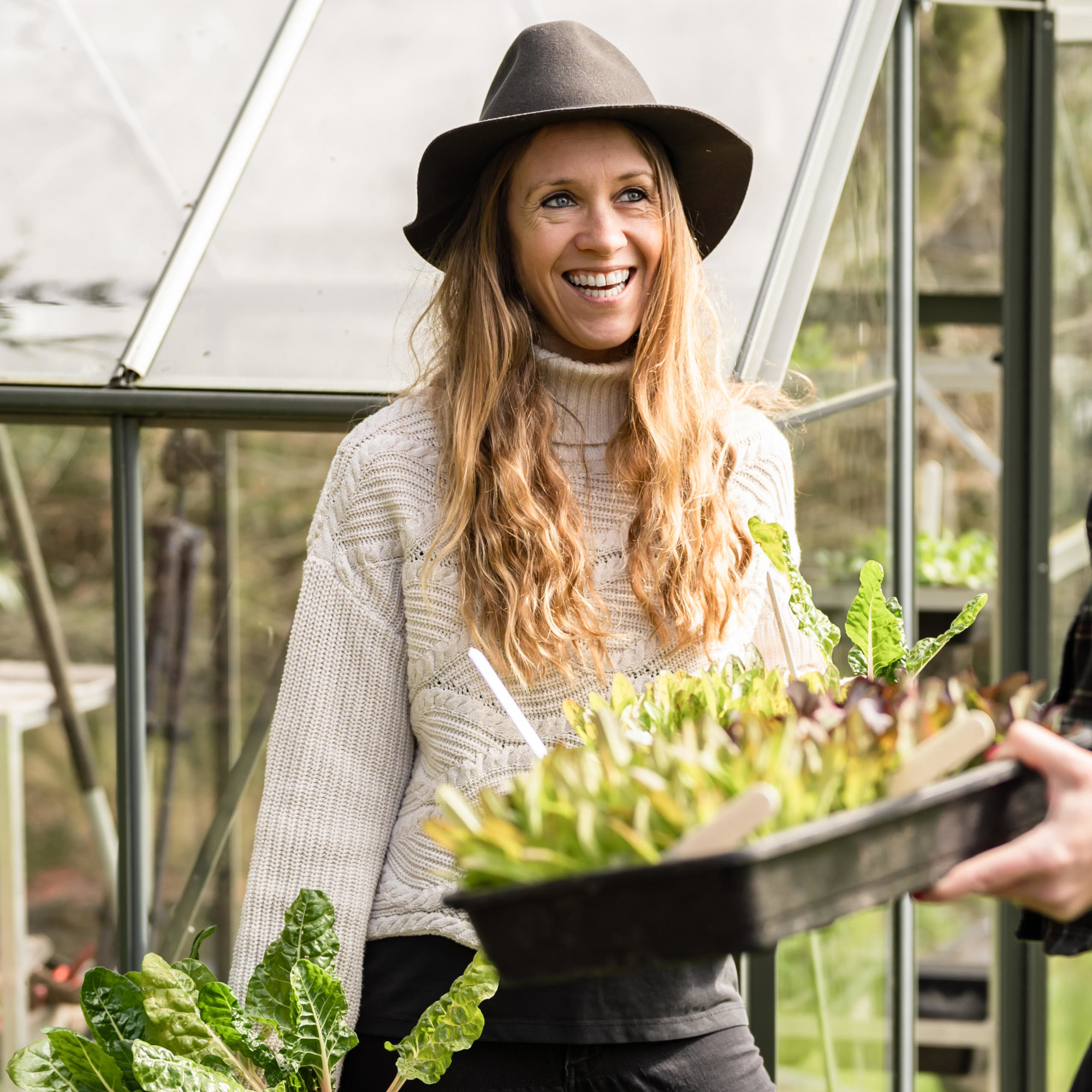
Lucy Hutchings is the co-founder of She Grows Veg, one of the UK’s leading heirloom seed brands, known for championing rare and unusual edible plants. With a background in high-end jewellery design – her work has been worn by the likes of Cheryl Cole and Kylie Minogue – Lucy brings a bold, creative eye to the world of growing.
Her passion lies in introducing vibrant, lesser-known fruit and vegetable varieties to UK gardeners, helping them grow produce that’s as beautiful as it is delicious. She’s the author of Get Up and Grow, has appeared on BBC Gardeners’ World and Building Your Dream, and inspires a global audience through her hugely popular social media channels.
Josh White, Nursery Manager at Roots Plants, also rates them highly: 'Marigolds attract beneficial predatory insects – ladybirds being a prime example.'
Where to buy marigolds:
- Thompson & Morgan: the bright mixed, fragrant flowers of the Marigold F1 'Zenith Mixed' get our vote
- Suttons: Marigold 'Strawberry Blonde' will look right at home next to your strawberry patch
- B&Q: Marigold French Orange, with its vibrant orange blooms, comes in a 12-pack
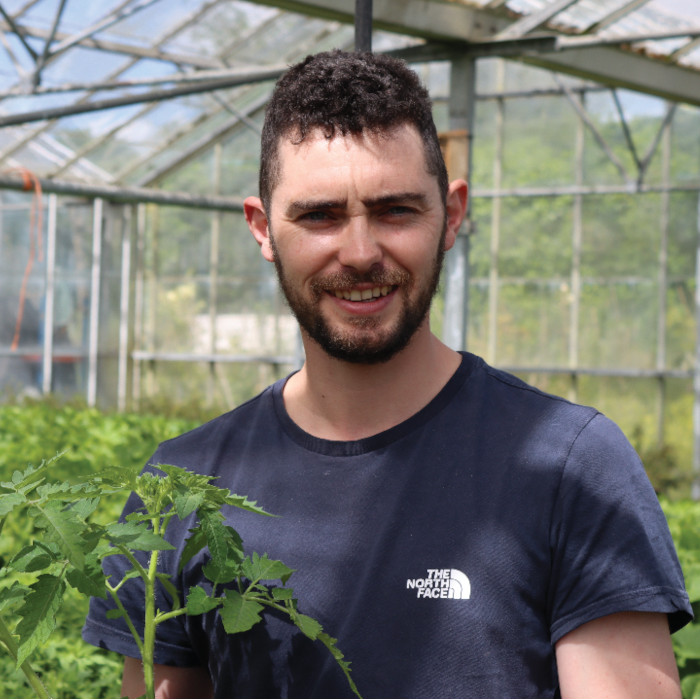
Josh oversees the entire veg operation at Roots Plants, a nursery that prides itself on UK-grown plants and sustainable practices. ‘My job is a real labour of love – and I certainly get my steps in each day – but the reward of a bumper harvest of delicious produce? Nothing beats it.’
2. Borage
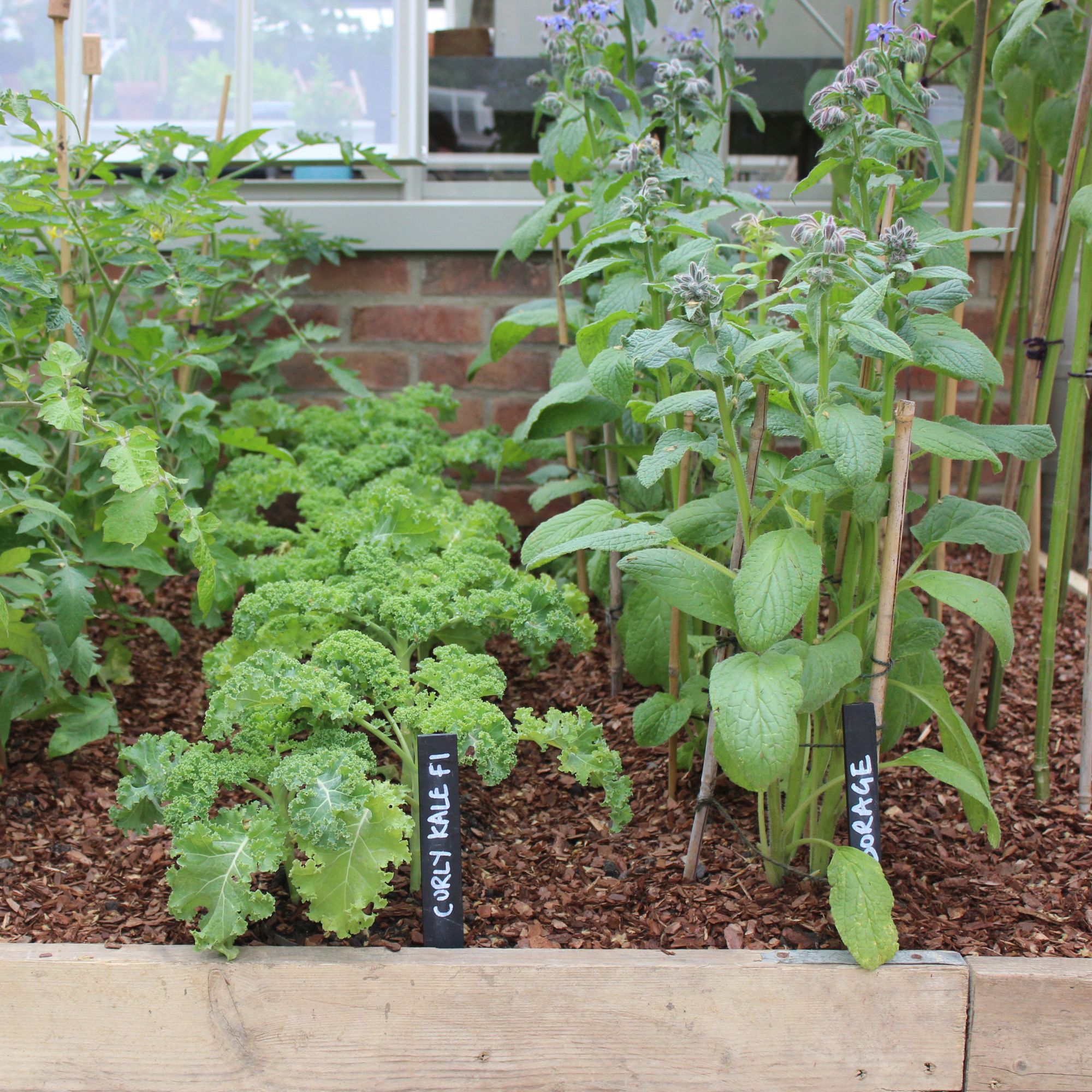
This bee-magnet does wonders for strawberries. The blue star-shaped flowers attract pollinators, which help boost your fruit yields. I grow these on my allotment in a wildlife garden, and they are positively buzzing come summer.
The science speaks for itself: 'Some studies have shown that planting borage next to strawberries can increase yields by over 30%,' explains August Bernstein. 'It also attracts wasps, which will prey on some of the unwanted pests.'
Need further convincing? 'A borage flower is a stunning, vibrant edible addition to your Eton mess or strawberries and cream,' August adds.
Where to buy borage:
- Crocus: Get 3 for 2 9cm pots of borage
- Amazon: Get three 9cm borage garden-ready plants from Amazon
- Sarah Raven: Buy Sarah Raven's borage collection with a 2-pack of seeds for £5.50
3. Herbs like mint, thyme and lavender
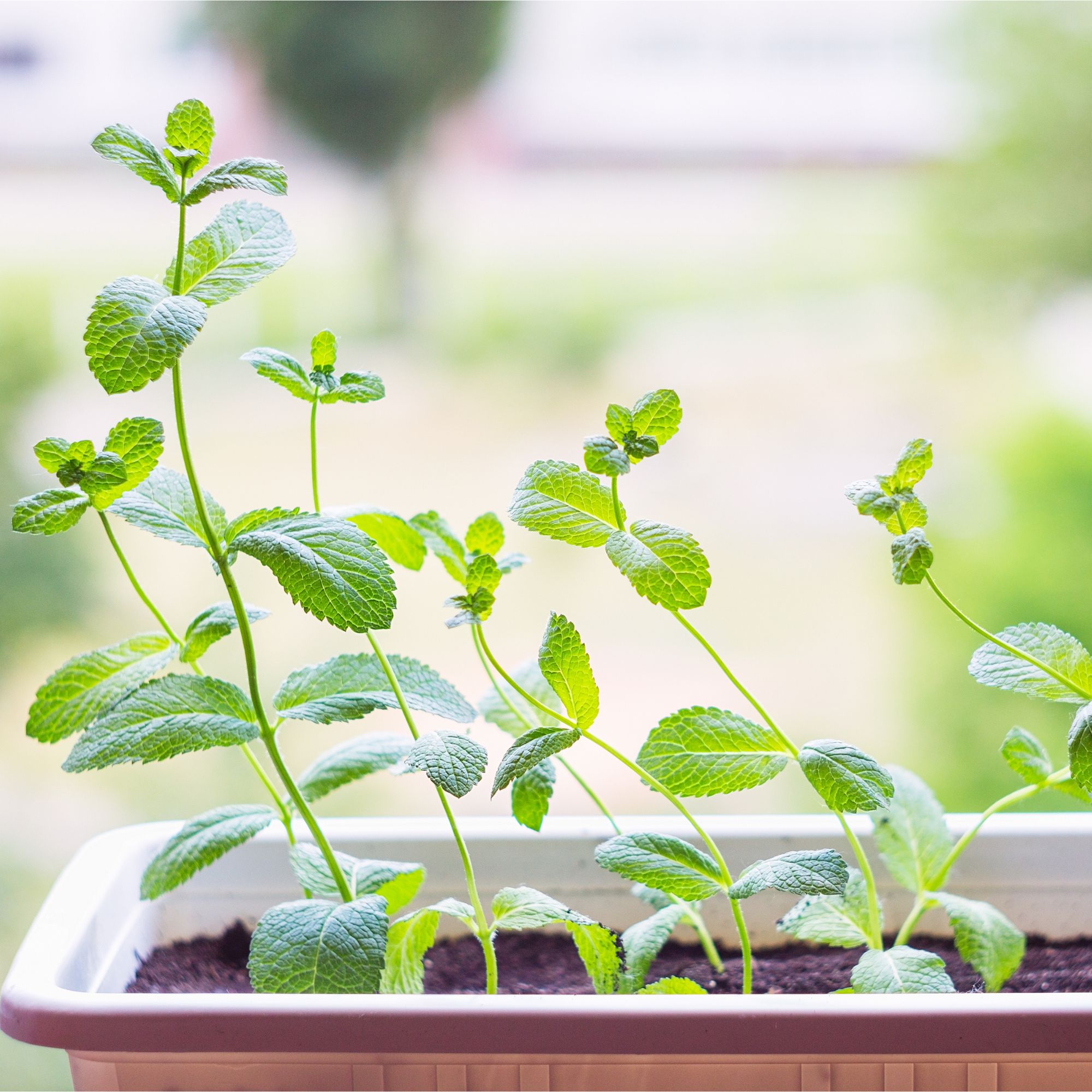
Herbs are a brilliant dual-purpose option – they keep pests at bay while providing fresh flavour for your kitchen.
If you’ve ever struggled to get rid of aphids before, this will be music to your ears: “Herbs like mint help deter pests such as aphids with their scent,” says Josh.
“While lavender, fennel or catnip will attract pollinating insects to the flowers, improving fruit set,” adds Annelise Brilli, horticultural expert at Thompson & Morgan.

Annelise Brilli is a horticultural expert and blogger for flowers, plants and seed company Thompson and Morgan. Annelise caught the gardening bug from her mother, whose tiny backyard was crammed with a huge collection of plants. As an adult, she had a career change – she used to work for a housing association - into horticulture, gaining a training apprenticeship with the National Trust at Powis Castle Garden in Welshpool.
She went on to work in a range of private and public gardens, later running a garden design and maintenance business. She is passionate about sustainable gardening and has developed her own wildlife-friendly garden which she has opened as part of Macmillan Coastal Garden Trail.
Lucy also recommends sage, dill, basil and oregano for their pest-repelling properties. Just be sure to give your strawberries enough light and space – keep taller herbs at the end of the rows rather than between plants.
Where to buy mint, thyme and lavender:
- Sarah Raven: Plant out a Line a Path Lavender mix with 100 seeds
- Thompson & Morgan: Buy thyme in a 1-litre pot from £9.99
- Sarah Raven: Buy garden-ready Moroccan Mint in 3 9cm pots, which will also be handy for making your own delicious mint tea
4. Beans and peas
Want to enrich your soil while making the most of vertical garden space? Add legumes like peas or beans to your strawberry bed. These clever plants fix nitrogen in the soil, which supports the growth of hungry fruiting plants like strawberries.
'Vegetables such as beans fix nitrogen, improving the soil for strawberries,' explains Josh.
If you don’t fancy a strawberry-and-bean combo in one bed, harness the power of crop rotation and simply plant your strawberry runners (and get new plants for free!) where this year’s beans have been growing in autumn.
Where to buy beans and peas:
- Thompson & Morgan: Broad Bean 'Aquadulce Claudia' is our top choice
- Crocus: pea (maincrop) 'Hurst Green Shaft' has one of the best flavours of all the maincrop varieties
5. Flowering plants, like nasturtiums and poppies
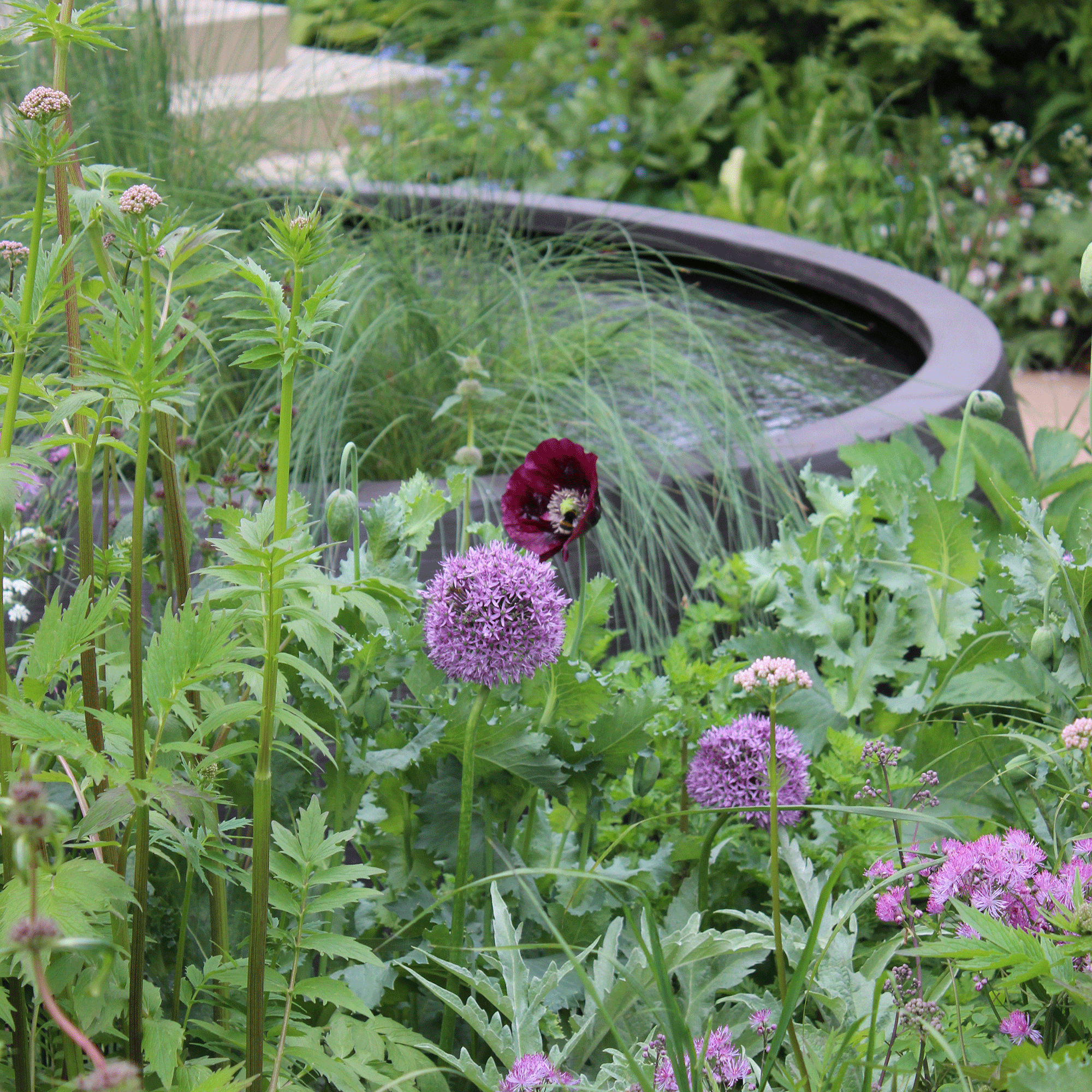
It’s all about bringing in as many helpful insects to your strawberry patch as possible, so your fruit blossoms are successfully pollinated. ‘Nasturtiums, poppies and calendula can all help pull in valuable pollinators,’ says Lucy.
I’ve sown all of those flowers from seed before and can vouch for both how easy they are to grow and how effective they are at attracting insects!
Nasturtiums are great for sowing with kids as the seeds are big, too – the plants are trailing, so be prepared for them to spread about.
Poppies are best sown directly (and look for annual varieties if you want them to flower this year), and calendula will self-seed everywhere, which is helpful if you’re looking for wildflower garden ideas.
Where to buy nasturtiums and poppies:
- Crocus: This nasturtium blue pepe also doubles up as baby leaf or as a salad garnish and has bright red flowers to match your strawbs
- Sarah Raven: These gorgeous purple poppies, called Papaver orientale 'Patty's Plum' are super easy to grow
- Thompson & Morgan: We love the vibrant orange and unusual shape of the Calendula 'Porcupine Orange'
Plants to avoid growing with strawberries

Some varieties don’t play nicely and there are plants that should never be planted with strawberries.
Avoid brassicas such as broccoli, cauliflower and cabbage, which can compete for nutrients and attract pests like aphids and whitefly. Also steer clear of potatoes and tomatoes, which are prone to similar diseases and could increase the risk of blight.
Top tips for companion planting
To get the most from your companion planting, remember Lucy’s two golden rules:
- Don’t overcrowd your strawberries – they need sunlight and airflow to thrive.
- Plant taller companions, like borage or leeks, at the end of rows or in adjacent beds.
Whether you’re after a bumper crop, fewer pests or just a prettier patch, companion planting is a brilliant way to boost your strawberry harvest – and completely naturally, too.
Plus, with many companion plants being edible (all of my eton messes will now be decorated with borage flowers!) or ornamental in their own right, your garden will be bursting with colour and flavour in no time.
Natalie Osborn began her career in interiors journalism 15 years ago and went on to manage a portfolio of magazines, including the UK's leading kitchen garden magazine, Grow Your Own. Her two allotments (because one is never enough) are home to fruit, vegetables and heaps of cut flowers, ranging from delicious loganberries and burgundy red sunflowers to sweet yellow ball-shaped courgettes (better for dodging gluts) and a veritable farm of dahlias of every shape and size.
You must confirm your public display name before commenting
Please logout and then login again, you will then be prompted to enter your display name.
